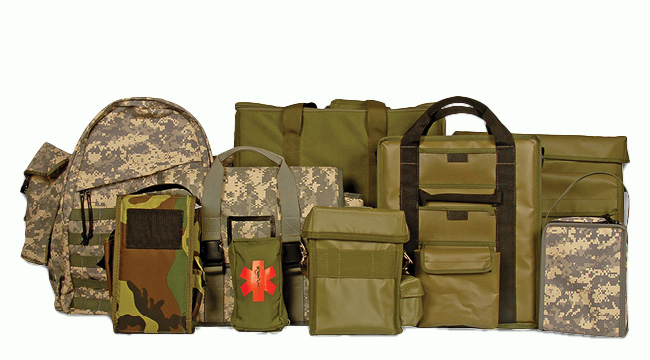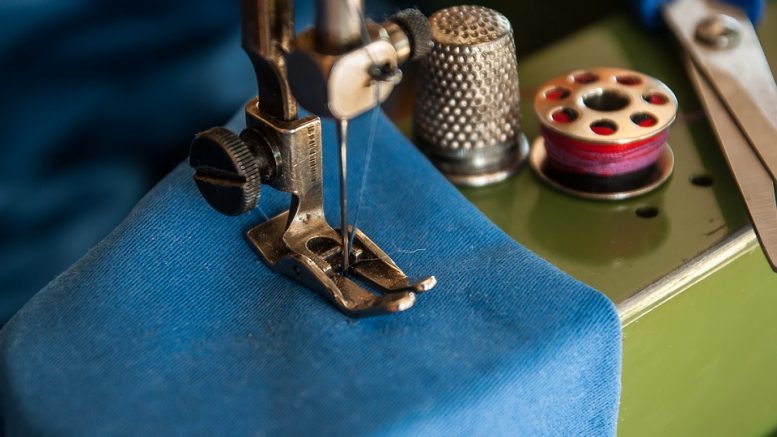Companies across industries—whether in aerospace, healthcare, the armed forces, or advanced instrumentation—often require textile-based components that are custom-made, high-quality, and built to spec. That’s where cut and sew services come in.
This article explores what cut and sew manufacturing is, why it matters, and how working with a domestic cut and sew contractor can benefit your operations in today’s unpredictable global market.
What Is Cut and Sew?
Cut and sew refers to the complete process of manufacturing sewn goods—from sourcing materials to final production. Businesses provide product designs and material requirements, and a cut and sew manufacturer takes it from there.
Once a prototype is approved, the contractor sources the materials, cuts them using precision tools, and sews the components into a finished product—no customer oversight required during production. The term “cut and sew” distinguishes full-service manufacturers from companies that only offer sewing or assembly services.
What Types of Products Use Cut and Sew Services?
We don’t manufacture apparel. Instead, we specialize in industrial-grade sewn goods—products that require durability, quality construction, and material flexibility.
Examples include:
- Components for testing instruments or aerospace devices
- Custom bags and backpacks
- Harnesses and soft structural supports
- Protective covers for equipment

Our Capabilities as a Cut and Sew Factory
As a U.S.-based cut and sew facility, we’re equipped to handle:
- High-volume orders involving hundreds of yards of material per month
- Tens of thousands of sewn components per year
- Heavy-duty projects involving multiple layers of thick or technical fabrics
We use specialized industrial sewing equipment capable of working with:
- Nylon
- Tarp materials
- Canvas
- Neoprene
- Vinyl
- Spandex
- And more
Why “Cut and Sew” Matters (Not Just “Sew”)
Some facilities offer only the sewing or assembly portion of the job—requiring customers to provide pre-cut materials. But cutting fabric is often the most technical and capital-intensive part of the process. It requires:
- Skilled hand cutters (a dying trade)
- Or automated CNC-controlled fabric cutters (which can cost over $100,000)
We cut in-house, ensuring better speed, accuracy, and project control. When a contractor outsources cutting, it adds risk—especially for timelines. With us, your entire production process stays under one roof.
The Value of Domestic Cut and Sew Manufacturing
Outsourcing overseas can seem cost-effective—until it’s not. Between shifting tariff policies, shipping delays, and unpredictable global supply chains, working with a domestic cut and sew partner provides:
- Shorter, more reliable lead times
- Better control over product quality and timelines
- Tariff-proof production for government-related work
- Compliance with U.S. sourcing regulations
Even if your project doesn’t require a fully American-made solution, it’s smart to have a domestic option in your supply chain—especially when selling to the government or regulated industries.
Sewn for Regulated Industries
Our cut and sew facility is ISO 9001:2015 certified, and we’ve served clients in government, aerospace, and healthcare markets for over 30 years. If your project includes regulatory requirements, traceability, or compliance documentation, we’re equipped to deliver with precision.
Ready to Discuss Your Cut and Sew Needs?
If you’re developing a sewn product and looking for a reliable, scalable cut and sew manufacturer, we’re here to help. Whether you have a concept sketch or a complete technical drawing, our team will guide you through prototyping and production.
Fill out the form on this page or [contact us directly] to get started.

